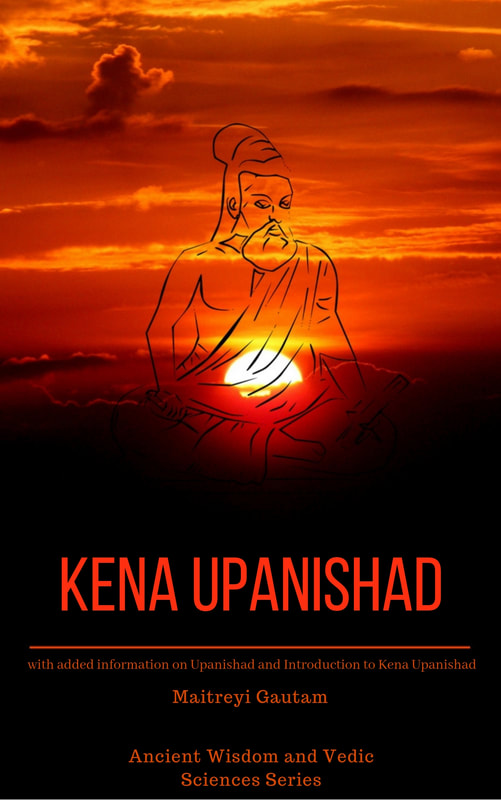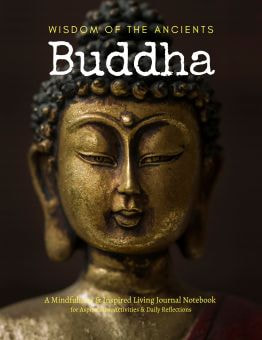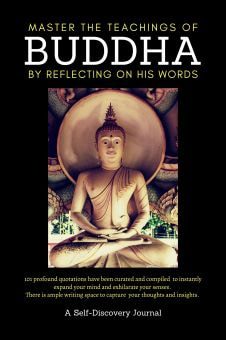Champa Shashti, a revered Hindu festival, is celebrated over six days, primarily in Maharashtra, in honor of Lord Khandoba, a manifestation of Lord Shiva. Each day of the festival is marked by distinct rituals and communal activities, reflecting deep devotion to the deity.
In summary, Champa Shashti is a blend of spiritual devotion, cultural richness, and community togetherness. It showcases the deep-seated reverence for Lord Khandoba in Maharashtrian culture and the intricate tapestry of rituals and traditions in Hindu festivals.
- First Day (Pratipada): The festival commences on the first day of the lunar month of Margashirsha. Devotees begin with an early morning ritualistic bath, followed by prayers and offerings to Lord Khandoba. Homes and temples are adorned with decorations as a sign of welcoming the deity.
- Second to Fifth Day (Dwitiya to Panchami): These days are characterized by continued religious observances. Devotees engage in fasting, devotional singing, and chanting hymns in praise of Lord Khandoba. In many regions, processions featuring the idol of Lord Khandoba are organized, often accompanied by traditional music and dance, including the Lezim, a popular folk dance, and rhythmic beats of Dhol and Tasha.
- Sixth Day (Champa Shashti): The final and most significant day, Champa Shashti, witnesses the culmination of the festivities. Devotees throng to Lord Khandoba temples to offer prayers. Special rituals, including pujas and aartis, are performed. Offerings such as turmeric powder, bel leaves, and flowers are made to the deity. A unique offering specific to Lord Khandoba worship is 'Bhandara,' a mixture of turmeric powder and coconut oil.
- Community Feasts and Social Gatherings: Beyond the religious practices, Champa Shashti is a time for community bonding. Feasts are organized, where devotees share meals, enhancing communal harmony. These meals often feature traditional dishes, celebrating both the spiritual and cultural aspects of the festival.
- Cultural Significance: Cultural events such as folk dances, music performances, and plays depicting Lord Khandoba’s legends are staged. These events are not just entertainment but also serve as a medium for imparting traditional stories and values to younger generations.
- Conclusion of the Festival: The festival concludes with the symbolic Visarjan (immersion) of Lord Khandoba's idols in some regions, signifying the return of the deity to his heavenly abode. This act marks the end of the celebrations and is a poignant reminder of the cyclical nature of cosmic events according to Hindu beliefs.
In summary, Champa Shashti is a blend of spiritual devotion, cultural richness, and community togetherness. It showcases the deep-seated reverence for Lord Khandoba in Maharashtrian culture and the intricate tapestry of rituals and traditions in Hindu festivals.






















